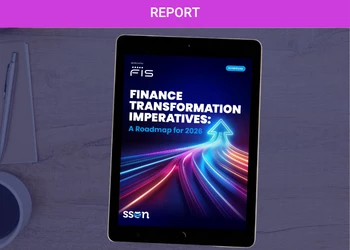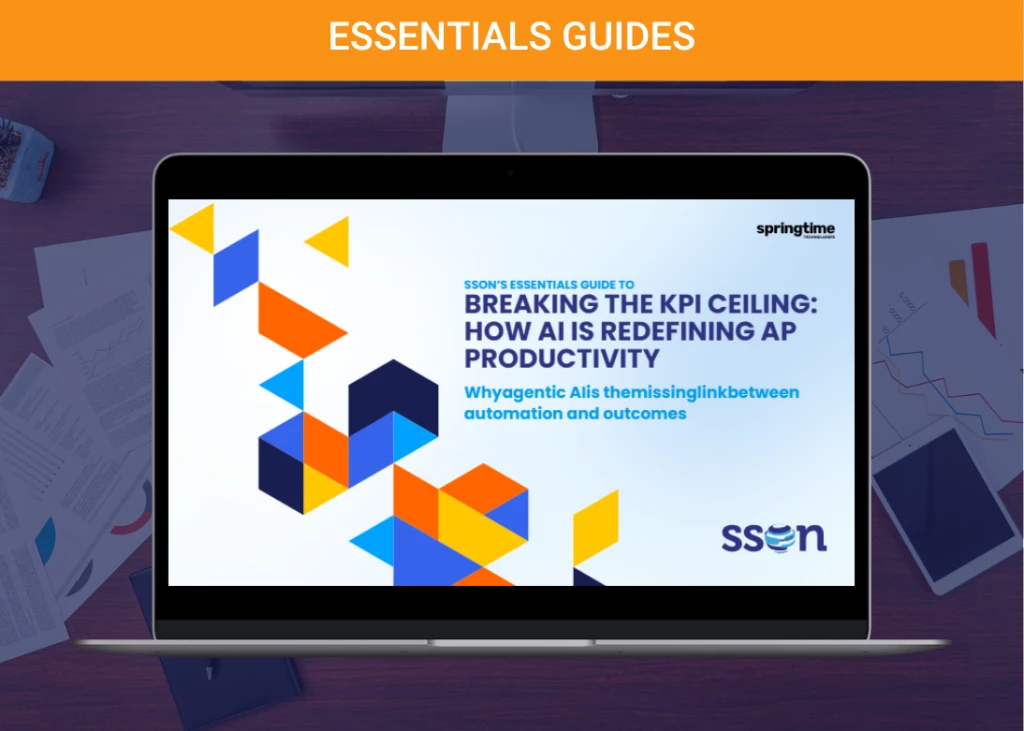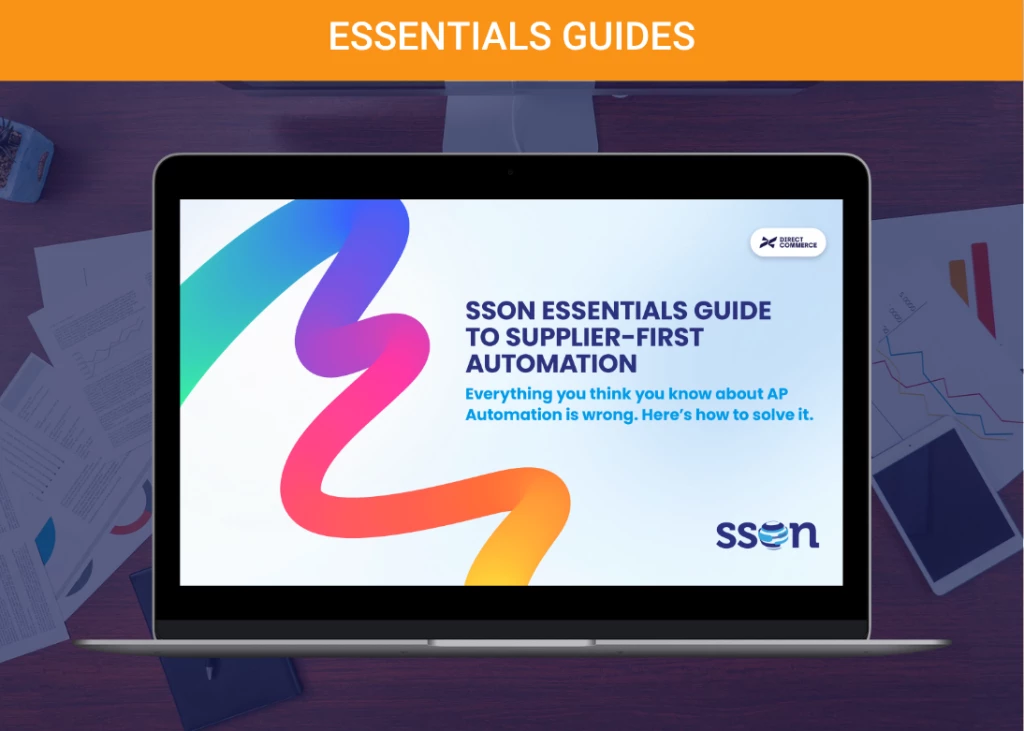10 Practical Steps to Optimise the Accounts Payable Process
Add bookmark
In every organisation I've worked, there’s always been an ongoing challenge to optimise Accounts Payable. Let’s get one thing straight - anyone who tells you they’ve got it fully optimised is telling fibs. It’s the mountain you can never reach the peak of - the nature of the AP beast is to present continual challenges as the inevitable churn of requisitioners, suppliers and AP staff results in knowledge gaps and a high potential for process failure. Notwithstanding the need for greater automation, less manual handling, less exceptions, less supplier queries, the challenges facing any AP organisation never really ever go away.
That said, optimising the end-to-end accounts payable process is absolutely crucial for enhancing operational efficiency, reducing costs, and improving financial management within an organisation. By implementing best practices, businesses can streamline their accounts payable function and ensure smooth and accurate processing of invoices and payments.
So where to start? I’ve outlined the 10 things I focus on with my teams to get AP operating in high-performance mode:
1. Implement an Automated Invoice Processing System
This will significantly improve the efficiency and accuracy of the accounts payable process. Automation reduces manual data entry, minimises errors, and accelerates invoice approvals. It also enables electronic routing and visibility, facilitating timely payments and better cash flow management.
2. Establish a Robust Vendor Management System
Maintaining strong relationships with vendors is vital for a smooth accounts payable process. Implementing a vendor management system enables you to centralise vendor information, track vendor performance, and negotiate favourable payment terms. Regularly review vendor contracts and seek opportunities for early payment discounts or volume rebates.
3. Enforce a Clearly Defined Approval Workflow
Develop and enforce a well-defined approval workflow for invoices. Set clear rules for invoice approval based on designated thresholds, departments, and levels of authority. This ensures timely processing, prevents bottlenecks, and reduces the risk of duplicate payments or fraudulent activities. Very often, in growing organisations, approval limits can be set too low, resulting in significant delays and substantial rework to correct the process.
4. Embrace Electronic Payments
Transitioning to electronic payment methods, such as ACH transfers or virtual cards, can expedite the payment process and reduce administrative costs associated with paper. Electronic payments also enhance security and help build stronger vendor relationships.
5. Implement Segregation of Duties
To minimize the risk of errors and fraud, establish segregation of duties within the accounts payable process. Different individuals should be responsible for invoice processing, approval, and payment authorisation. This segregation creates a system of checks and balances and ensures accountability.
6. Conduct Regular Reconciliation
Regularly reconcile accounts payable records with vendor statements and general ledger entries to identify discrepancies and resolve outstanding issues. Promptly address any discrepancies to maintain accurate financial records.
7. Enforce Purchase Order (PO) and Invoice Matching
Implement a robust purchase order and invoice matching process. Verify that the goods or services received match the purchase order and corresponding invoice before initiating payment. This practice helps prevent overpayments and improves cost control.
8. Perform Vendor Invoice Audits
Conduct periodic vendor invoice audits to identify potential billing errors, overcharges, or contract deviations. Address discrepancies promptly and negotiate credits or refunds when necessary. These audits enhance financial accuracy and contribute to cost savings.
9. Monitor Key Performance Indicators (KPIs)
Establish and track relevant KPIs to measure the efficiency and effectiveness of the accounts payable process. Key metrics to monitor include invoice processing time, error rates, early payment discounts captured, and on-time payment percentages. Use these KPIs to identify areas for improvement and set targets for process optimisation.
10. Continuous Process Improvement
Promote a culture of continuous improvement within the accounts payable department. Encourage employees to suggest process enhancements and provide feedback on pain points. Regularly review and update accounts payable procedures to adapt to changing business needs and industry best practices.
By implementing these best practices, organisations can optimise their end-to-end accounts payable process, enhance financial control, and maximise efficiency. Put simply, a streamlined and well-managed accounts payable function contributes to better cash flow management, improved vendor relationships, and ultimately, increased overall profitability.
Good luck with your GBS journeys . . .






















